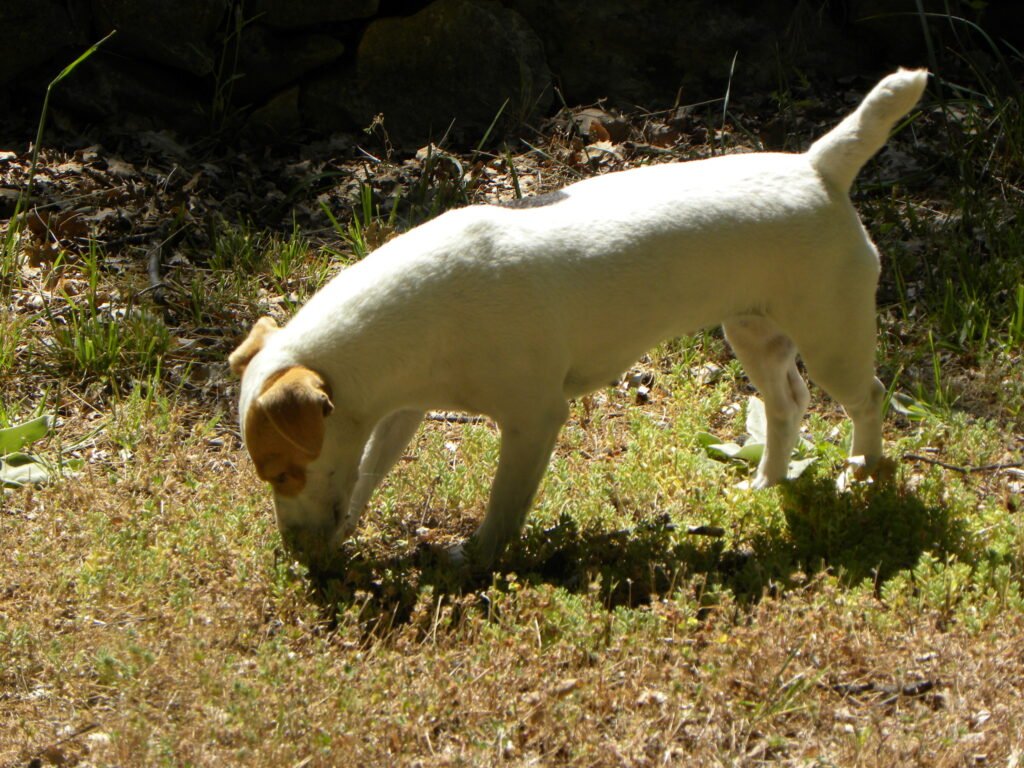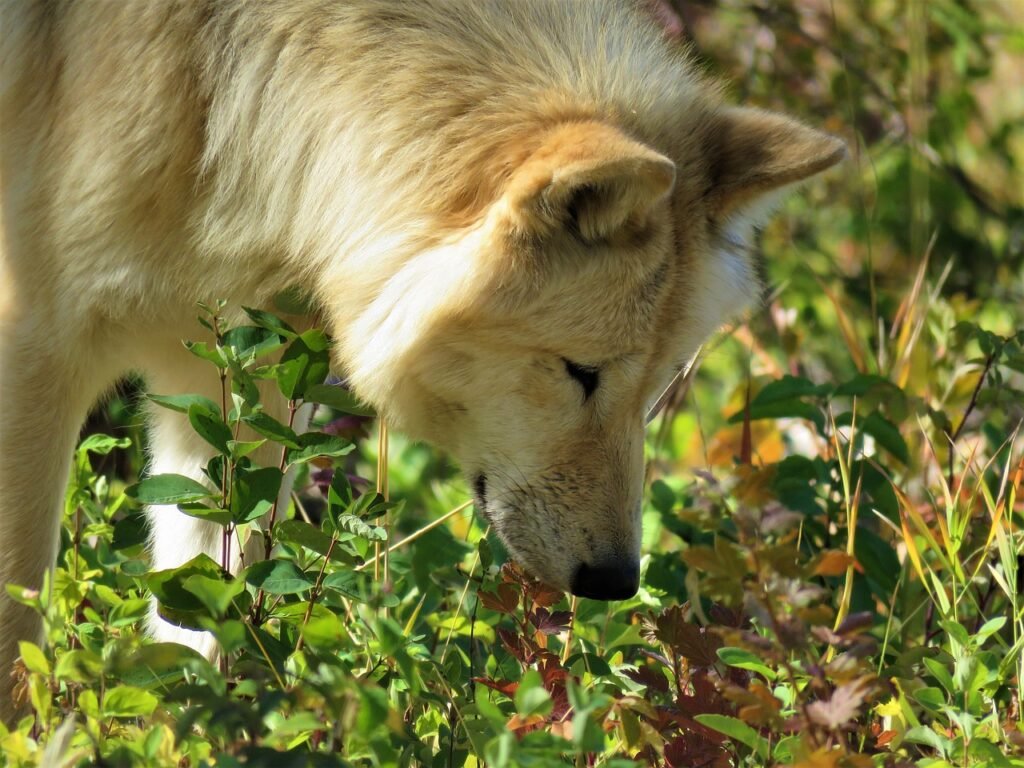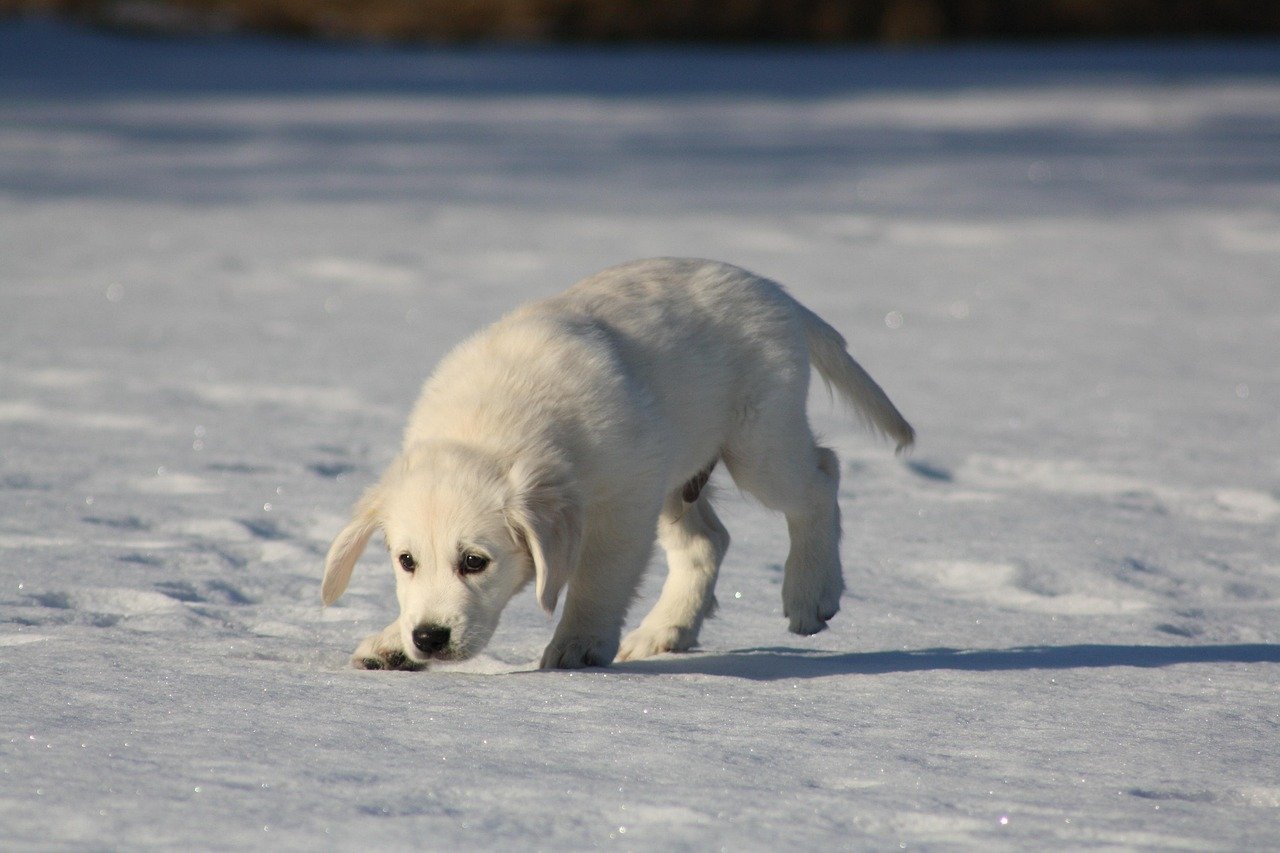For centuries, humans have marveled at a dog’s ability to detect scents beyond our comprehension. With up to 300 million olfactory receptors—compared to a human’s mere 6 million—dogs navigate their world primarily through smell rather than sight. They are also 40 times more capable of interpreting those smells than a human, according to the Phoenix Vet Center website. Now, cutting-edge scientific research is beginning to decode how dogs process and interpret scents, unlocking incredible possibilities in fields ranging from search-and-rescue to medical detection.
The Science Behind a Dog’s Extraordinary Nose

Recent studies in canine olfaction reveal that dogs don’t just smell objects—they construct a complex mental map based on scent. Unlike humans, who rely heavily on vision, dogs can detect subtle variations in odor, layering them to form a “scent picture.” According to the Journal of Biophotonics, this scent picture is developed through the combined functions of the olfactory bulb, hippocampus, and amygdala.
The Journal of Biophotonics explains that the olfactory bulb is responsible for relaying scent information to the brain, while the hippocampus is involved in developing and maintaining short-term memory. The amygdala, meanwhile, plays a crucial role in memory and emotional processing. Together, these three components help dogs interpret their environment, with scent often triggering strong emotional responses.
Translating the Language of Smell

Scientists are now taking these findings a step further by attempting to “translate” the way dogs perceive the world through scent. Advances in artificial intelligence and olfactory technology have led to the development of electronic noses—devices that mimic a dog’s smelling capabilities. According to the MIT Media website, these innovations could eventually allow researchers to interpret how dogs distinguish between different emotions, illnesses, and environmental changes through scent, possibly even seeing integration into a smart phone.
Dr. Alexandra Horowitz, a leading expert in canine cognition, suggests that by mapping scent-based recognition patterns, we may one day be able to understand how dogs associate certain smells with memories or emotional states. This could revolutionize how we train service dogs, allowing for more precise detection of seizures, anxiety, and even certain cancers.
How This Research is Changing Lives
The ability to translate canine scent perception has profound real-world implications. Search-and-rescue teams already rely on dogs to locate missing persons by scent trails, but future technology could enhance these abilities, making searches more efficient. Similarly, medical detection dogs trained to sniff out diseases like Parkinson’s and COVID-19 could become even more accurate with the help of AI-assisted scent interpretation.
Additionally, dogs currently are being trained to detect seizures in humans, along with low blood sugars in diebetics, even the presence of a malaria parasite. According to the National Institute of Health (NIH), the human body will have acute changes in smell that the dog can detect. The NIH also stated that dogs are able to identify certain cancers, specifically melanoma, however it states that dogs can also be trained to detect lung, breast, prostate, ovary and bladder cancers.
The Future of Canine Scent Translation

With ongoing advancements in neuroimaging, AI, and olfactory science, the future of decoding canine smell perception looks incredibly promising. In the coming years, we may reach a point where we can translate a dog’s sensory experience into a form humans can understand—perhaps even creating a device that allows us to “smell” the world the way our furry companions do.
Until then, one thing remains certain: while we see the world in color, dogs see it in scents—and their version of reality is far richer than we ever imagined.






